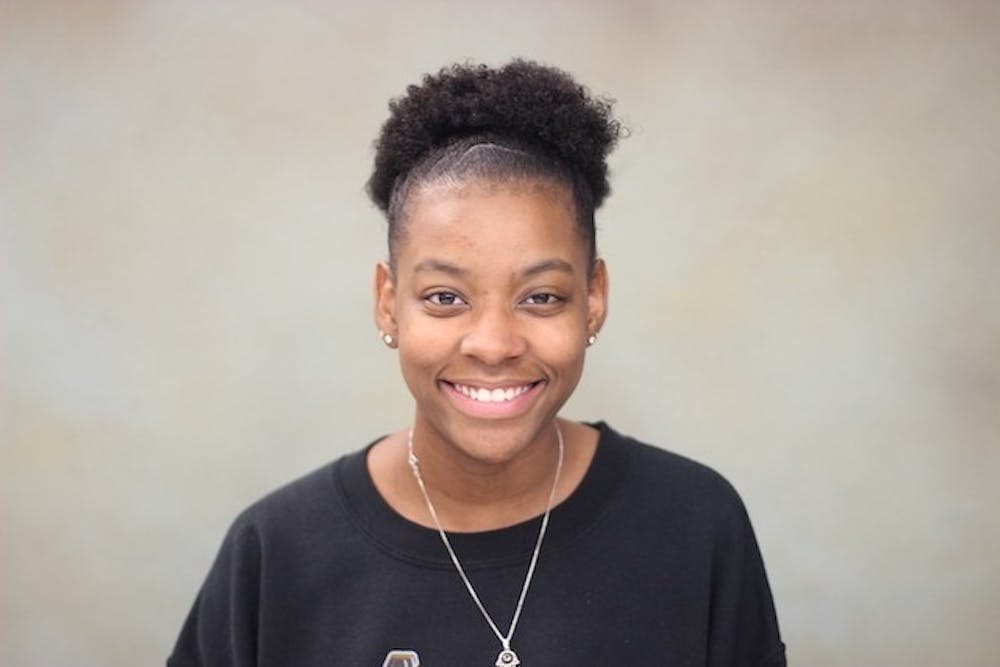COLUMN: Ibram X. Kendi gave me hope for CMU's future fighting racism
When the question “What do you see when you watch the news at night?” was raised at last night's online lecture, Ibram X. Kendi pointed out the realities of being Black in the United States and the rhetoric that follows.
“I see unarmed young Black people being shot seven times in the back in front of their children and then chained to beds when they’re paralyzed," Kendi said. "Versus a young white male who shoots and kills two people with an AR-15. People are screaming that he just shot somebody, and the police just let him go on by.”
Hearing Kendi’s reply was something that I was able to easily empathize with and confirm. I see the different realities that Black Americans endure and White Americans enjoy. It is almost as if we are living in two completely different worlds.
I remember being a young girl and my family having a sit-down talk with my older brother on how to behave whenever he had an encounter with the police. I distinctly remember them saying, “Don’t give them a reason to stop or say something to you, and if they do, comply with their orders.”
When I first heard Kendi, New York Times bestselling author of “How to Be an Antiracist,” was speaking to Central Michigan University students during a Webex lecture Sept. 2, it immediately piqued my interest.
I thought that all parents had these conversations with their children all the time. It wasn’t until I became older that I realized this conversation seems to be reserved only for Black boys and girls. The juxtaposition between my own reality and others still seems far off.
When I first heard Kendi, New York Times bestselling author of “How to Be an Antiracist,” was speaking to Central Michigan University students during a Webex lecture Sept. 2, it immediately piqued my interest. Having an African American author come to a predominantly white institution to discuss how to be antiracist? Sign me up.
One of the most anticipated questions was, "what is the difference between antiracist and racist?" The way Kendi summed it up sounded like music to my ears. Kendi said antiracism is the opposite of racist. It is more than being "not racist."
“People typically say ‘I am not racist’ when they have done something that is indeed racist, and someone has challenged them on it," Kendi said. "I do not know what "not racist" means.
"To be racist is to deny the times we are being racist.”
President Bob Davies chimed in for the last question asking for advice from Kendi about how the university can change its policies as Kendi mentions in his book without falling short. Davies also made sure to note that his faculty and himself are reading Kendi's book.
Kendi's answer was short and sweet. He simply told Davies to do some research and find out what is taking place on other college campuses.
I agree with Kendi. It is imperative to research what changes other universities have made. CMU should know how policy changes trickle down the ecosystem here on campus and how it effects the student body. Hopefully, Davies took Kendi's advice to heart.
Before the ending of the virtual meeting, Kendi provided a beacon of hope for me and other minority students in attendance.
"(Racism) is curable based on history, philosophy and believing the impossible can happen," he said.
I've always felt as though racism and the other "isms" in the world would never cease to exist. I thought it was inevitable that somewhere down the line someone would restart the practice of racism. Kendi's online lecture made me optimistic looking forward.
Maybe in the near future students will see rapid policy changes that turns CMU into an antiracist university.







